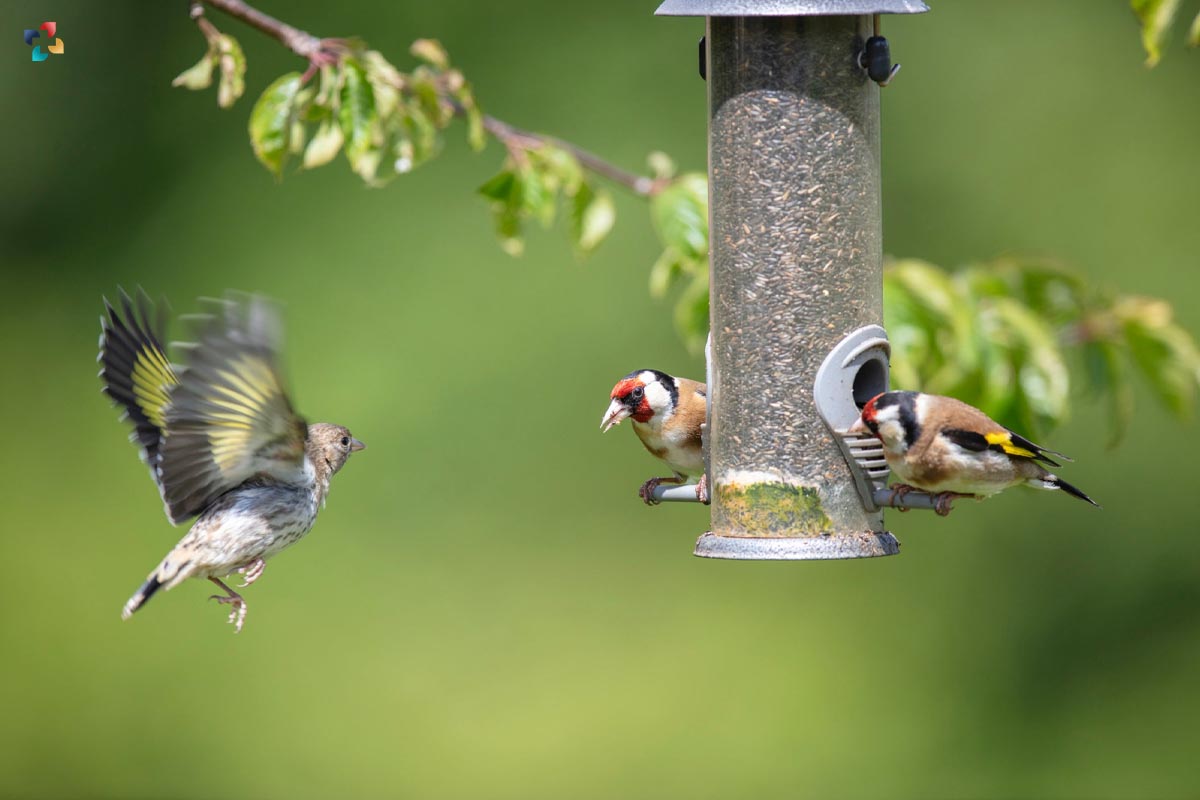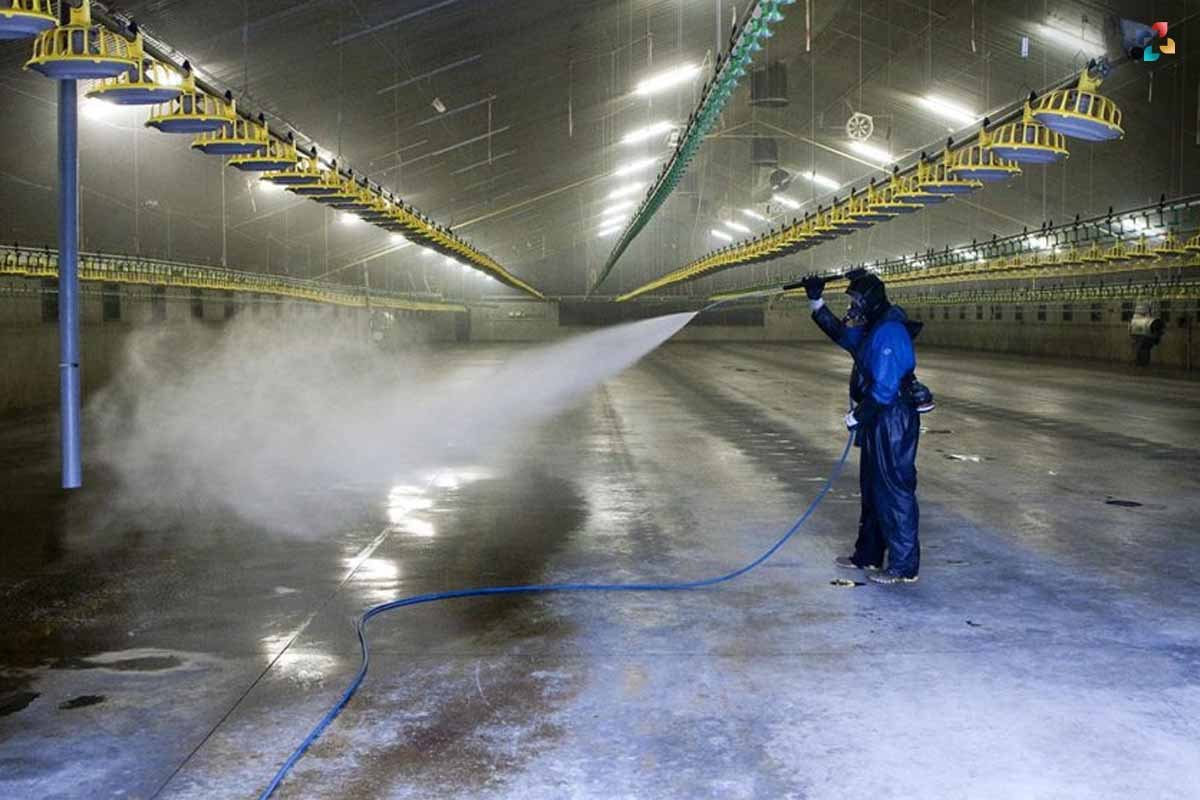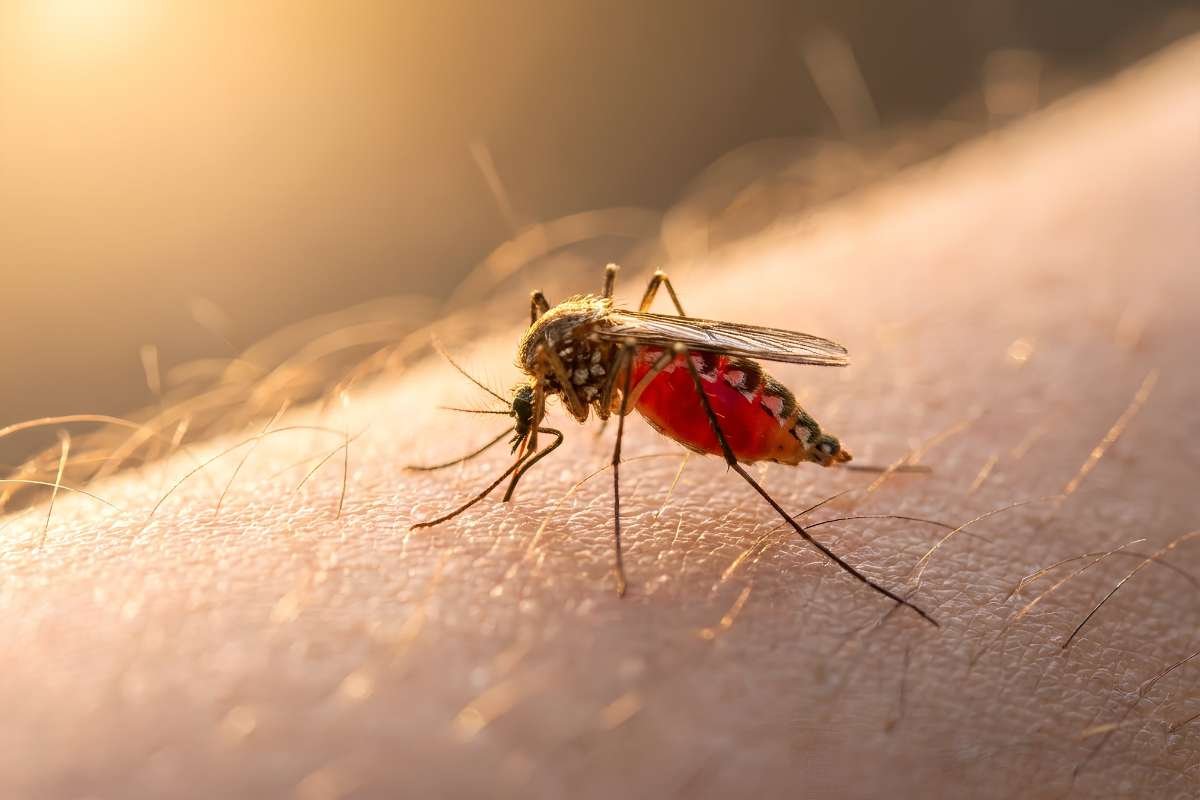The most common ways that poultry and other captive birds get the bird flu are via contact with wild birds, particularly waterfowl like geese, ducks, swans, and gulls; feces from birds that are infected with the virus; and other captive birds. unclean boots, clothes, vehicles, and equipment You should discuss the unique dangers that your birds face with your veterinarian. They are able to provide you with guidance on actionable steps that CAN Reduce the Risk of Bird Flu, which you may take to lower the likelihood of contracting a disease.
Here are 6 Hygiene Tips to Reduce the Risk of Bird Flu;
1. Keep your birds apart from other captive or wild birds
Separate ducks and geese from other birds by housing them in a fenced-in area or a structure of their own.
There is no guarantee that ducks and geese will exhibit symptoms of avian flu. This indicates that they are capable of rapidly transmitting the disease to other species, such as chickens or turkeys.

Never allow poultry or caged birds from neighboring sites or properties to come in close proximity to your own birds and able Reduce the Risk of Bird Flu.
2. Avoid coming into touch with any wild birds.
Wild birds may transmit avian flu. Your birds may become sick if they:
mix with wild birds (direct contact) is exposed to wild bird excrement, feathers, or carcasses (indirect contact) (indirect contact) Your birds’ food, drink, housing, or equipment might be polluted by direct or indirect contact.
Create an environment on your land or in your building that is uninviting to wild birds. Scarecrows and other bird deterrents are one option; for further information, see the code of practice published by the National Farmers Union.
spike strips to inhibit perching foils or streamers (thin strips of material used for decorating) (narrow strips of material used for decoration) Daily checks of the outer areas around the housing for your birds should be made, and any wild birds should be removed so that it can be helpful to Reduce the Risk of Bird Flu.
i. feces
ii. feathers
iii. carcasses
3. Provide food, water, and nesting materials in locations that are enclosed to prevent wild birds from accessing them.
Bedding materials like straw and shavings that are kept outdoors need to be covered if they are kept there. Unwrap the bedding beforehand before bringing it into the bird home, and make sure that you only bring in clean bedding.

Alter the feeding schedule for your birds on a consistent basis. When poultry and other types of captive birds are fed in the same location as wild birds, the wild birds might learn to flock there so that it can help birds to prevent bird flu and can also Reduce the Risk of Bird Flu.
4. Enclose bodies of water that aren’t moving by fencing or covers.
If there is open water on your property, you should enclose it with fencing and, if at all feasible, cover it with netting in order to deter wild birds. Both wild animals and water might potentially spread sickness and Reduce the Risk of Bird Flu.
5. Take measures to eliminate pests and rodents
Rats and mice may carry infections on their paws and hair. Proper pest management will avoid illnesses.
Use a rodenticide that is authorized to get rid of rats or mice. While applying rodenticide, you should make sure that it does not put your birds’ health in jeopardy. Take the time to read some tips on effective rodent management and the responsible use of rodenticides. Diseases may be carried on the paws and hair of wild animals such as foxes and dogs, cats, and other livestock. Keep them away from the shelter and food you have provided for your birds to Reduce the Risk of Bird Flu.
6. Make sure the housing is spotless and sanitized.
Always make sure that your property and the housing that your birds have are clean to Reduce the Risk of Bird Flu. You must use a Defra-approved disinfectant.

Clean and disinfect regularly:
Wheelbarrows, boxes, containers, buckets, and plastic egg trays are examples of vehicles, equipment, and tools that have hard surfaces (to stop the disease from spreading between premises)
While working with disinfection, you need to:
Use the right amount of disinfectant in terms of both volume and concentration, as outlined in the product’s instructions, and dilute it according to the manufacturer’s recommendations.
Using pollution control measures will help avoid the excessive discharge of disinfectant.
It is imperative that disinfectants not be used in the vicinity of sources of potable water, such as reservoirs, or other bodies of water, including streams, rivers, lakes, and wetlands.
Maintain the cleanliness of all locations and entry points.
This aids in the prevention of wild birds and animals from:
Visiting buildings and establishments after being drawn to your property or location Also, it will lessen the likelihood that cars may get polluted. Put on clean clothes and shoes, and consider using foot dips. While going into an area where birds are housed, you are required to wear clean shoes and clothes.
You need to have a separate set of clothes or overalls for each bird home that you own if you have more than one. You need to complete one of the following in order to enter bird housing while wearing clean footwear that will help to Reduce the Risk of Bird Flu:
Use a disinfectant that has been certified by Defra both before you enter the bird housing and after you walk out of the housing. The disinfectant should be at least ankle-deep and covered so that it is neither diluted by rain nor exposed to UV rays.
Be sure to use shoes that are designated for usage within the bird enclosure and leave your regular shoes outside. Do not walk on the ground outside the birdhouse with footwear that has been disinfected or that is devoted.







